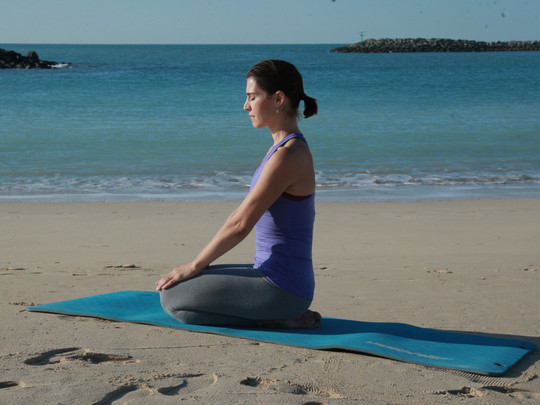
As seen in the last two articles, Meditation and its effects Part 1 and Meditation and its effects Part 2, meditation can change the brain and alter gene expression making a tremendous difference to health, wellbeing and quality of life. Over the years, several masters from the discipline of yoga have given to the world a range of techniques for meditation. These techniques are thousands of years old and have often evolved to be made relevant to a particular time and culture.
Who should practise meditation?
Most of us tend to imagine that meditation isn’t for busy people. For a long time, it was also believed that meditation is only for people who are spiritually inclined. But the trend is changing rapidly.
Schools that have introduced meditation have observed that children who practise meditation are less aggressive, more relaxed and open to learning. Hospitals and rehabilitation centres for alcoholics, drug addicts or people with self-destructive tendencies also include meditation as part of therapy. Retreats, spas and holiday destinations include yoga as a major attraction to help people beat stress, unwind and rejuvenate.
Yoga has also been introduced in prisons and the University of Oxford has conducted research to find out the impact of meditation on prisoners. The prisoners reported reduced stress, reduced psychological distress, improved mood, improved concentration, improved decision making, and improved ability to override impulse.
Yoga in the corporate culture
Yoga has been adopted by large organisations such as Google, Facebook, Dropbox and government sectors in some countries. Yoga and meditation eliminate stress, depression and anger issues; and also improve the cognitive and creative abilities of a person making him/her a much better professional and individual. When people or employees grow, the company grows.
Meditation is for everyone. It can bring about the change we talk about in schools, families, organisations and collectively as a society. Take an example of a woman who practises yoga regularly.
Meditation will naturally improve the environment of her home because as a wife or a mother her response to the demands of day to day life will naturally become more adaptive. The same woman as a manager at her workplace would be more tolerant and patient in guiding her team and dealing with stressful situation and deadlines. This is because she is more relaxed, has better clarity in situations and her decision making skills, ability to provide creative solutions, and confidence levels have improved.
A man who practises yoga regularly will be able to keep diseases away, stay stress-free and find the energy to deal with life’s challenges and become a more contributing and co-operative individual at home, office and society in general.
Now the question arises what exactly does meditation mean and what are the best ways to practise it. I will cover this in the next article. The following is a simple technique to tackle stress.
Practice of the week
Kapalbhati kriya (Frontal lobe cleansing)
Sit with the back straight, eyes closed and shoulder relaxed in a meditative posture — vajrasana (diamond pose) or padmasana (lotus pose).
Begin to exhale actively and rapidly through the nose. Inhalation remains passive. Remember to keep the mouth closed.
Practise 50-100 exhalations. Relax if you feel dizzy.
Next week: Meditation and its effects Part 4
— This is an interactive series, in which we bring you practical tips on daily living, inspired by the vision of yoga. Write in to tabloid@gulfnews.com with your questions and doubts regarding enhancing your lifestyle through yoga. For more information, call 800-YOGA (9642) or log on to artisticyoga.com













